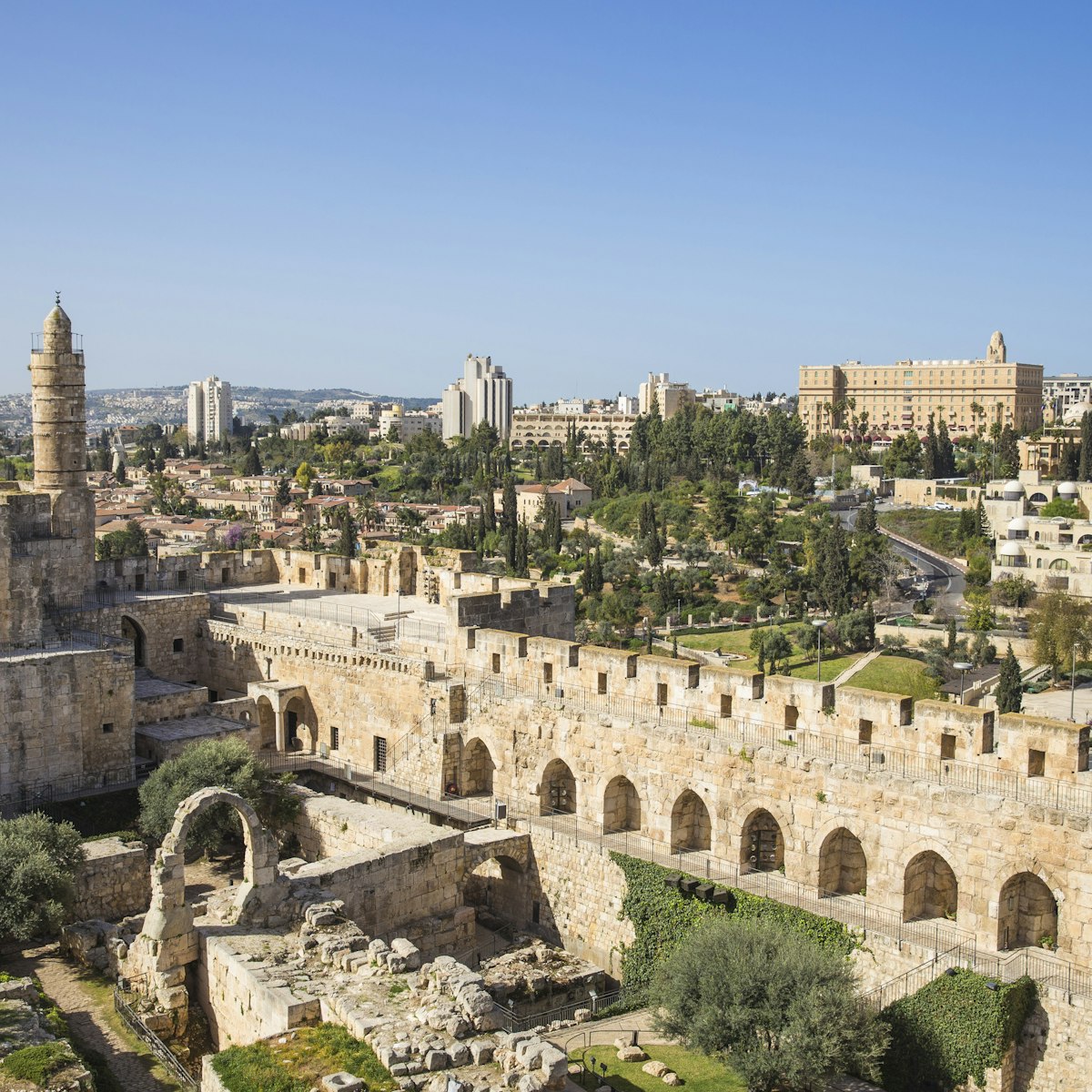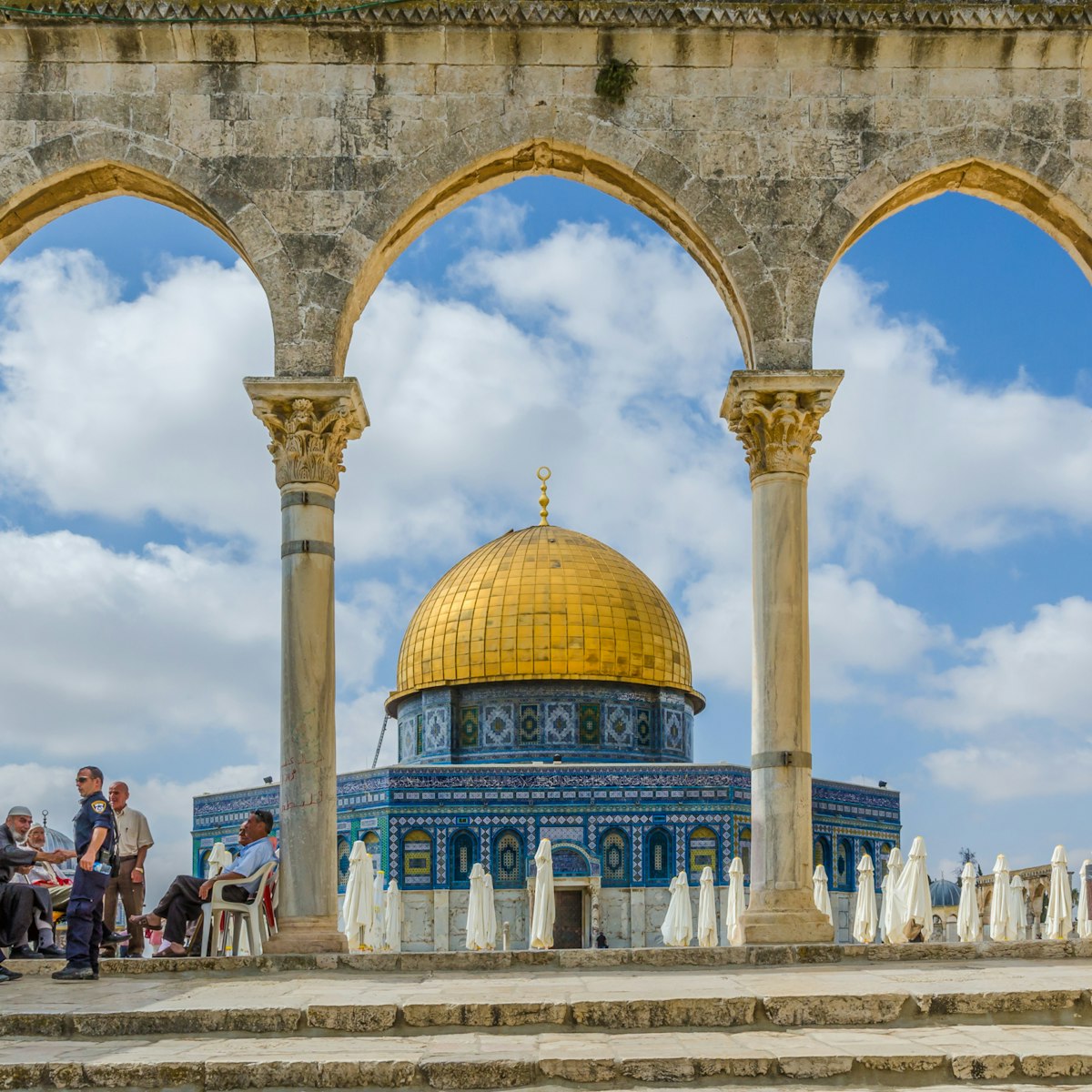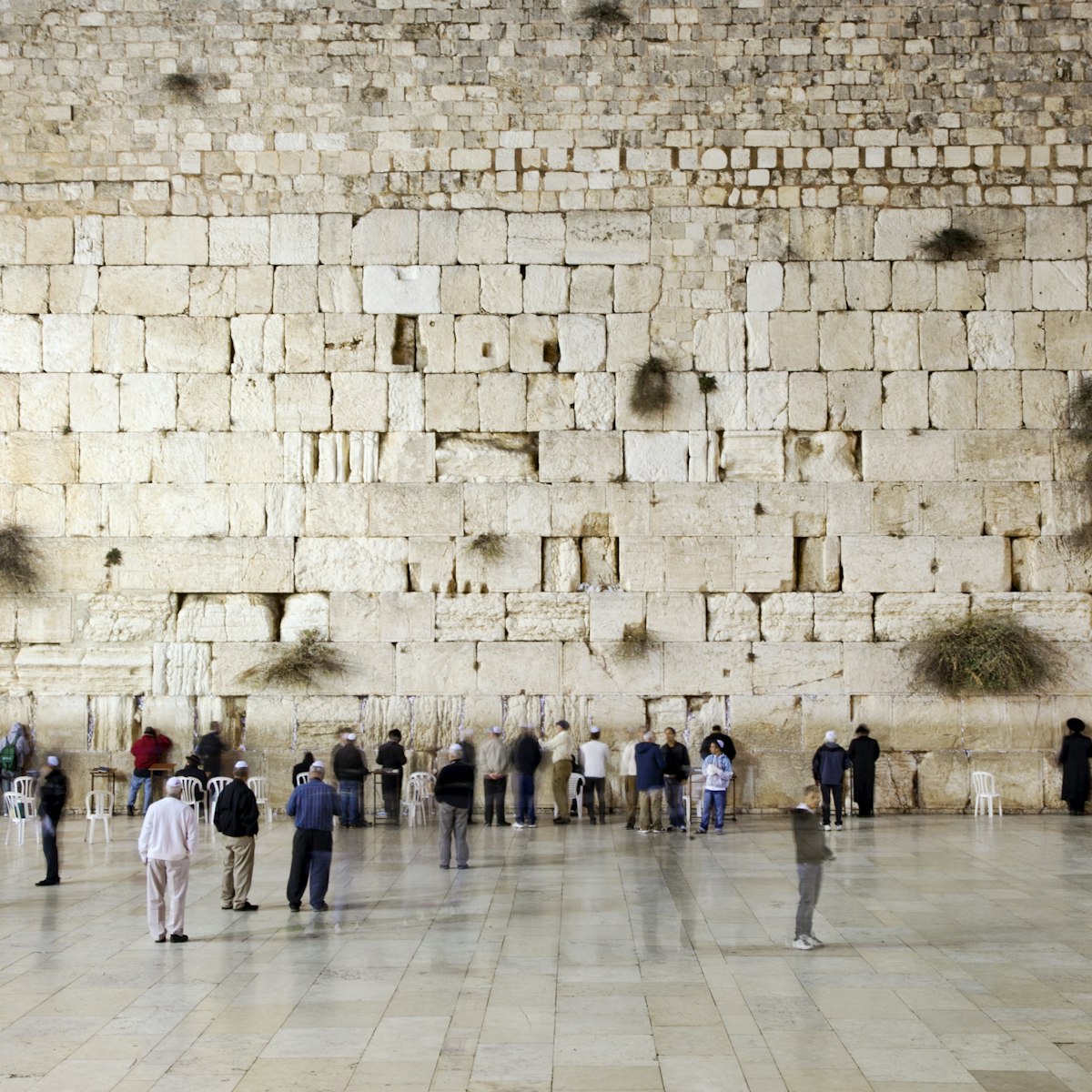Covering 5 sq km of the Judean Hills, Beit Guvrin-Maresha’s rocky valleys and low hills are home to mountain gazelles, hyenas and songbirds – but most visitors pour in to see the remains of biblical city Maresha and to step inside tombs within bone-white limestone caves. Driving anticlockwise from the entrance, it takes a couple of hours to complete a circuit of the Unesco-listed sites, with time to stop at tombs along the way; allow half a day if you want to embark on walking trails.
On a 30m-high hill, the Tel Maresha site (near car park B) shows the remains of city walls that stood for more than eight centuries, between the 9th and 1st centuries BCE, plus the foundations of a large villa (dating to the end of that period). Continuing along the park road to car park C you’ll reach the breathtaking Sidonian Caves, where ancient Maresha’s most illustrious citizens were buried. Stepping inside, you’ll see meticulously restored wall paintings of animals, fish and urns. Among the tantalising archaeological discoveries here is the much-debated inscription, ‘I am sleeping with someone else, but it is you I love’.
Further along the road, a walking trail leads to the ruin of Crusader-era St Anne’s Church, whose name was preserved as ‘Sandahanna’ by local Arabic peoples. Towards the exit of the park are the Bell Caves, whose voluptuous shapes were chiselled by quarriers during the Byzantine and early Islamic periods.
Leaving the park, just west on the opposite side of the highway is a petrol station; nearby are the weather-beaten remnants of a Roman amphitheatre and a 4000-sq-metre bathhouse.








